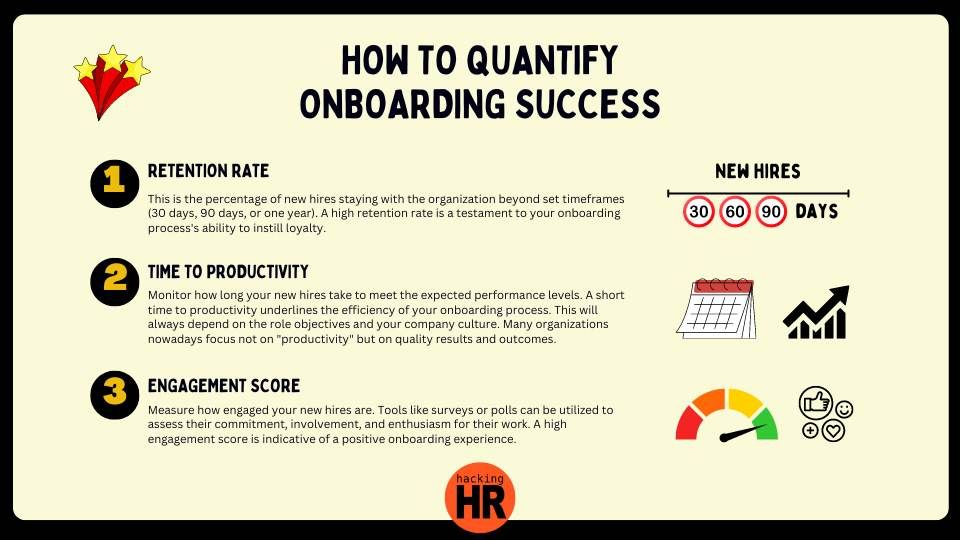Employee onboarding is a critical process that can greatly impact the success of your company. Properly onboarding new employees can lead to increased productivity, higher retention rates, and overall employee satisfaction. In this article, we will discuss the essential steps for successful employee onboarding.
1. Preparing for the Arrival of the New Employee
Before the new employee even sets foot into the office, it is important to prepare for their arrival. This includes setting up their workspace, ensuring all necessary equipment and tools are ready, and informing current employees about the new team member. Clear communication and planning are key during this stage.
2. Providing Necessary Training and Orientation
Once the new employee arrives, it is crucial to provide them with the necessary training and orientation. This includes familiarizing them with company policies, procedures, and culture. It is also important to introduce them to key team members and provide them with a mentor or buddy who can help them navigate their new role.
3. Setting Clear Expectations and Goals
During the onboarding process, it is important to set clear expectations and goals for the new employee. This helps them understand what is expected of them and gives them a roadmap for success. Regular check-ins and feedback sessions can also help ensure that the new employee is on track and address any issues that may arise.
4. Encouraging Social Integration
It is also important to encourage social integration during the onboarding process. This can include team-building activities, social events, and opportunities for the new employee to get to know their colleagues on a personal level. Building strong relationships with co-workers can help the new employee feel more comfortable and engaged in their role.
5. Providing Ongoing Support and Feedback
Onboarding does not end after the first week or month – it is an ongoing process. It is important to provide ongoing support and feedback to the new employee to help them continuously improve and grow in their role. Regular performance reviews and check-ins can help keep the new employee on track and address any issues that may arise.
6. Celebrating Milestones and Achievements
Lastly, it is important to celebrate milestones and achievements during the onboarding process. Recognizing the new employee’s successes can help boost their confidence and morale, as well as motivate them to continue excelling in their role. This can include small gestures like a shoutout in a team meeting or a special lunch to celebrate their first month on the job.
In Conclusion
Employee onboarding is a critical process that can greatly impact the success of your company. By following these essential steps for successful employee onboarding, you can help new employees feel welcome, supported, and ready to excel in their roles. Remember, onboarding is not a one-time event – it is an ongoing process that requires continuous effort and attention. By investing in your employees from day one, you can set them up for long-term success and contribute to a positive company culture.

